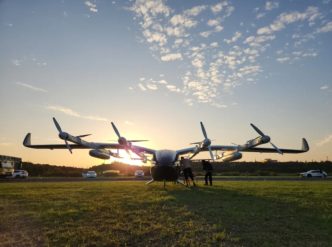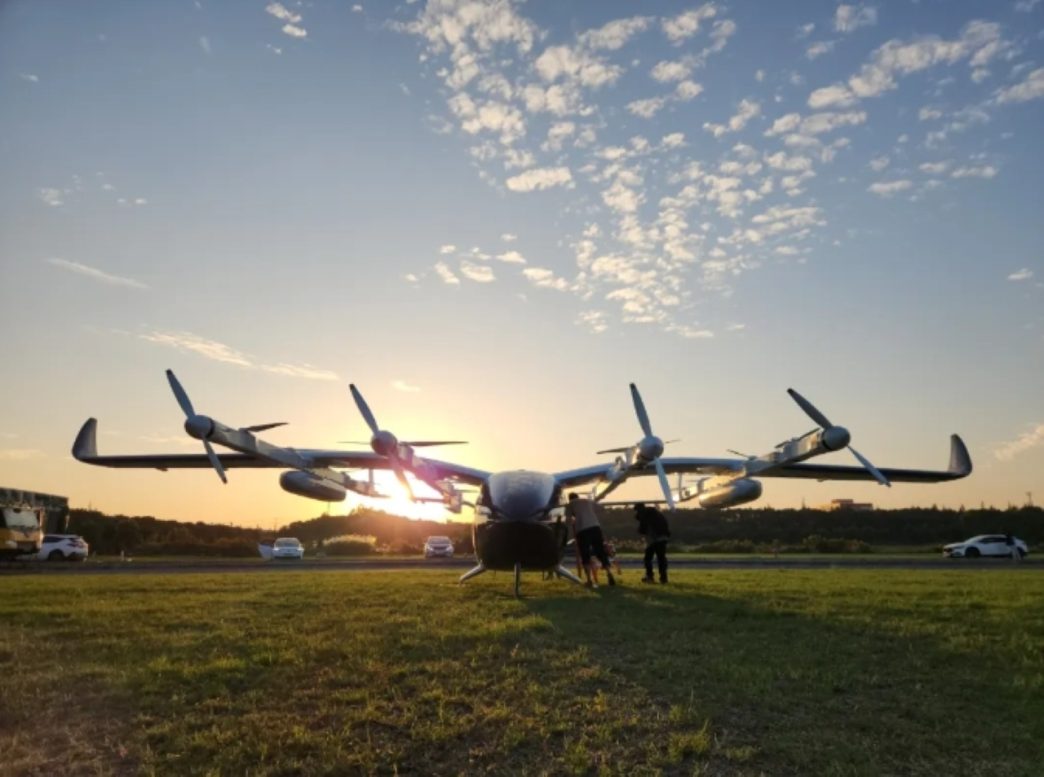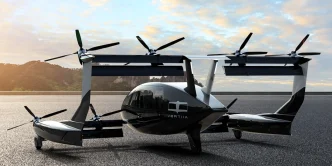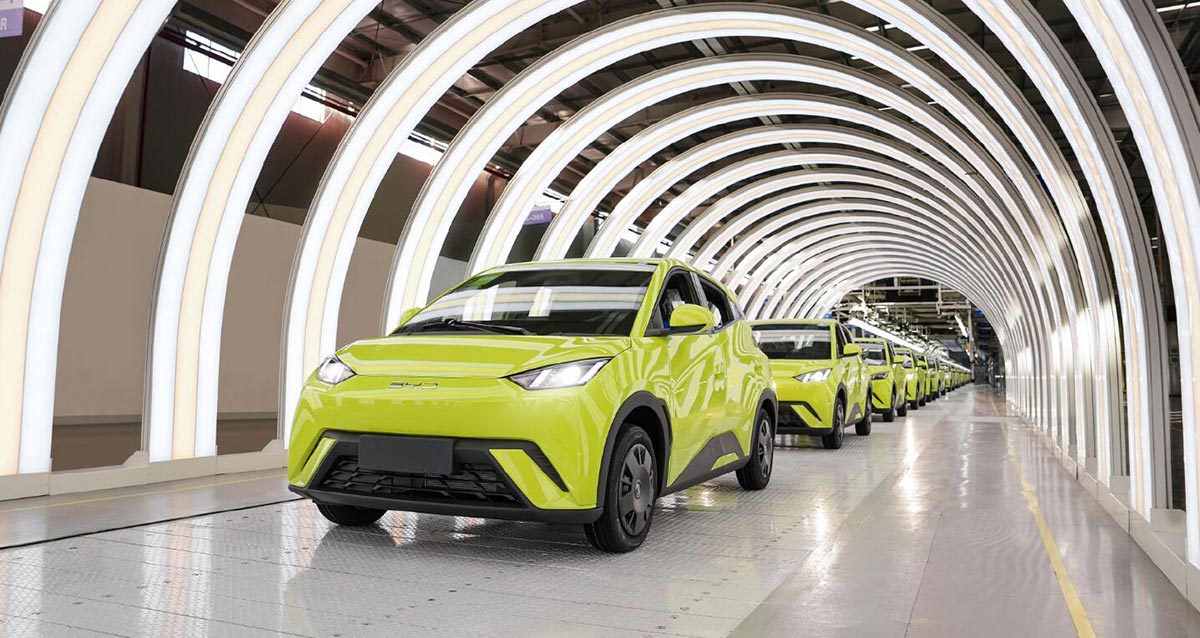Chinese flying taxi company Vertaxi has successfully raised $29 million in a recent financing round, increasing its total funding to over $57 million. The company is focused on developing a five-passenger electric vertical takeoff and landing (eVTOL) vehicle designed for transporting both cargo and passengers.
The Vertaxi Matrix 1 flying vehicle will feature up to 20 rotors, with 16 designated for lift, and is expected to have a range of 150 miles, according to company specifications. Earlier this year, the Civil Aviation Administration of China accepted Vertaxi’s application for type certification of its M1B unmanned cargo eVTOL vehicle, with the company anticipating the receipt of its manned airworthiness certificate by 2027.
The M1 eVTOL completed its maiden flight in Shanghai in October 2023 and was publicly introduced a month later. Vertaxi plans to deploy its vehicles in high-density areas, specifically the Guangdong-Hong Kong-Macao Greater Bay Area and the Yangtze River Delta region around Hangzhou. The company also has aspirations for expansion throughout China and into other international markets.
The newly acquired funding will support research and development, testing, airworthiness certification, and infrastructure construction for eVTOL products. Additionally, the financing will be directed toward establishing manufacturing centers in the aforementioned high-density regions.
The pre-series B funding round was led by Zhongshan Venture Capital, with participation from several investors, including Shanghai Jinshan District, Binfu Capital, AVIC Fund, Yijing Capital, and Baoding Venture Capital.
Vertaxi estimates that its flying taxi could reduce a three-hour drive to a 30-minute flight. In terms of upcoming sales, Longhao Aviation Industry Investment Co. has expressed intentions to purchase eVTOLs valued at a total of $28 million. This order could consist of 15 M1 eVTOLs, five hybrid models, and the necessary maintenance and support equipment, including training services. These vehicles are expected to facilitate freight logistics in central and western regions, as well as in the Guangdong-Hong Kong-Macao Greater Bay Area and surrounding coastal islands.












